‘How could we have prevented this?’A question I frequently hear from those in the middle of fire-fighting a reputational crisis. Needless to say at this point repairing damage and restoring trust is the main focus, but it is still a valid question: ‘Is there a strategy to prevent reputational damage?’In reality there are two alternatives which I shall outline below, neither is a quick fix but they each work, providing you understand the concept of ‘Mind-the-Gap’.
There is always a gap between reputation – as a perception of character that others have about you or your organisation – and your actual behaviour, performance or delivery. This is a natural gap between expectation and reality. It can grow into a chasm when people feel misled or deceived if your actual behaviour is shown be too far removed from their expectation. Closing the gap can be achieved in one of two ways: either you adjust your behaviour to align with the expectation of your audience, or you adjust the audience expectation to align with your behaviour.
The former, a strategy of adjusting behaviour requires a keen understanding of what you are doing and what could be changed or improved. In theory this strategy is easier to implement because you have direct control but it does require and honest appraisal of behaviour which is often culturally embedded and difficult to detect or adjust. The latter strategy of adjusting expectation is even harder to achieve as you can only indirectly adjust the opinions and prejudices others, this takes time and a great deal of effort, but it can work: note passenger expectations for budget airlines.
Some examples of the gap include: a humanitarian charity where exploitation of aid recipients was found to exist – a very big gap. A leading motor engine manufacturer found to have manipulated emission regulations to show exhaust gases cleaner than they were – an even bigger gap. A global bank found to have invested in high risk loan products simply because they could be repackaged and sold as assets to third parties – an enormous gap. There are many more examples which demonstrate collective failures of judgement, let alone woefully inadequate governance.
Closing the gap requires first that its size is known. How can you possibly know what is expected of you by your critical audiences – customers, investors, regulators etc -if you don’t conduct regular sentiment tracking. Too many companies rely on customer satisfaction data and other time-delayed or operationally specific feedback. Real time sentiment tracking is key to understanding what people expect of you and the performance criteria that underpin their trust in you. Too many surveys either ask the wrong questions or the wrong people, and often both.
Changing behaviour can be achieved following a cultural audit, but it needs to be commissioned by those unafraid to speak truth to power. Too often bad behaviour is ingrained within the culture and not only difficult to identify but sometimes goes right to the top, where bad news is unwelcome. Protecting reputation from damage does however require an exercise in alignment of expectation and behaviour. There are only two strategies, the alternative is wait until the crisis hits and then react to it with a curative not preventative strategy. Which one costs more in the long run?
©Garry Honey 20 October 2018 Chiron risk www.chiron-risk.com

